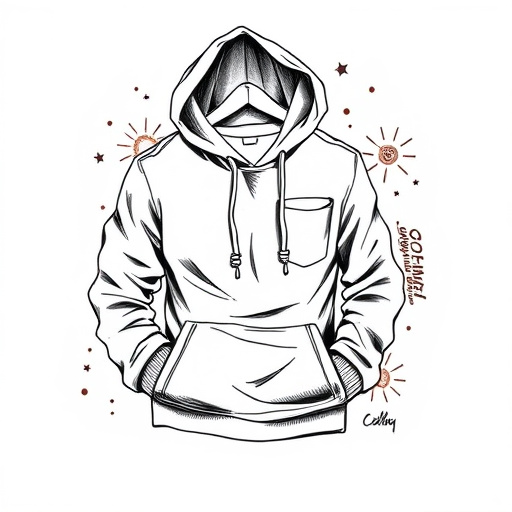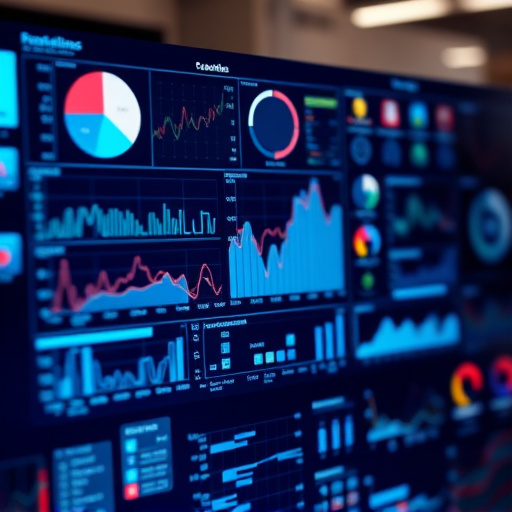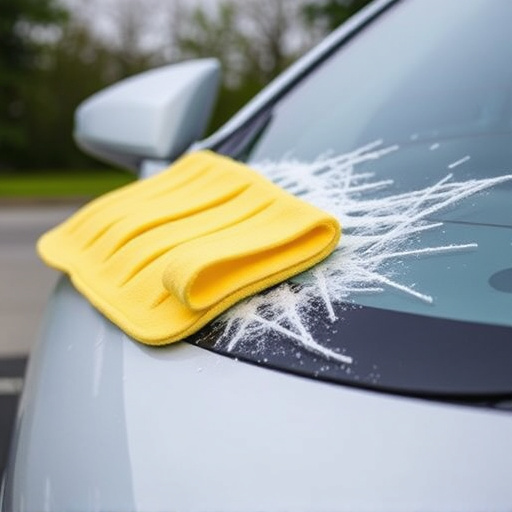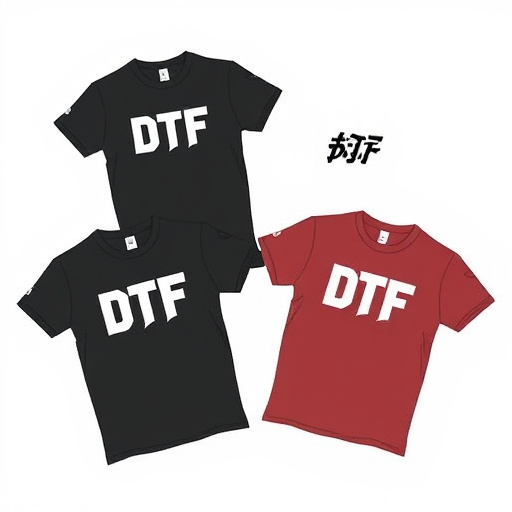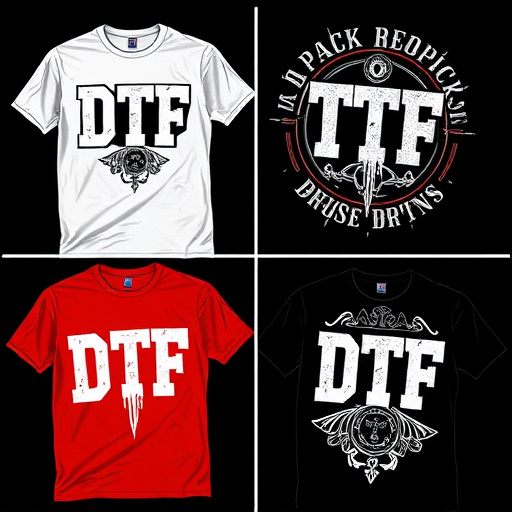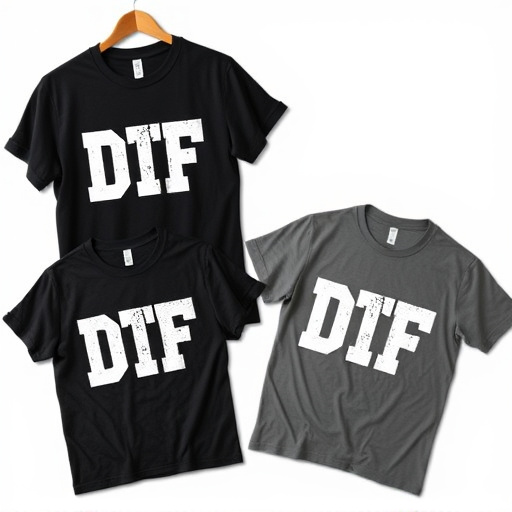Discover how a DTF (Direct to Film) transfers printer can transform your production process and significantly reduce waste. This article guides you through the benefits of DTF technology, offering a sustainable solution for businesses and hobbyists alike. We’ll walk you through setting up an efficient workflow, from choosing the right materials to optimizing print settings. Learn advanced tips to maximize productivity while minimizing scrap material, making your DTF printer an eco-friendly asset.
- Understanding DTF Transfers and Their Benefits
- Setting Up Your Waste-Reducing DTF Printer Workflow
- Advanced Tips for Maximizing Efficiency and Minimizing Waste with Your DTF Printer
Understanding DTF Transfers and Their Benefits
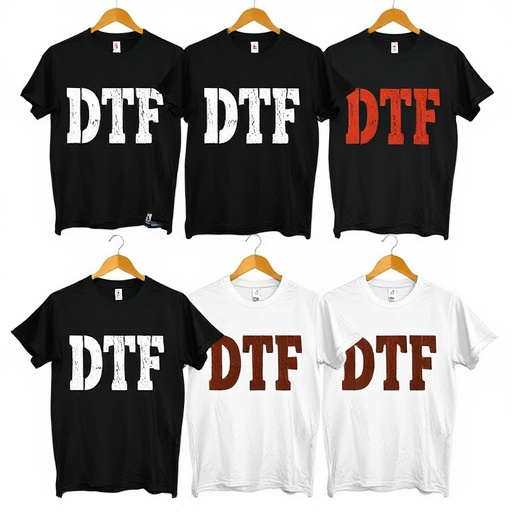
DTF (Direct-to-Film) Transfers printers offer a cutting-edge solution for businesses aiming to reduce waste and streamline their production processes. This innovative technology enables the direct application of designs onto various materials, such as textiles, plastics, and metals, eliminating the need for intermediate films or coatings. With a DTF Transfers Printer, you can achieve remarkable dtf print quality, ensuring that your final products are not only visually appealing but also durable.
One of the key advantages is the precision and efficiency it brings to the printing process. DTF transfers are ready to press, allowing for quick turnaround times and minimal waste generation. The technology’s versatility means it can be adapted for a wide range of applications, from custom apparel and promotional items to industrial signage and decorative accessories. By adopting a DTF Transfers Printer, businesses can produce high-quality, long-lasting prints while minimizing environmental impact and operational costs.
Setting Up Your Waste-Reducing DTF Printer Workflow
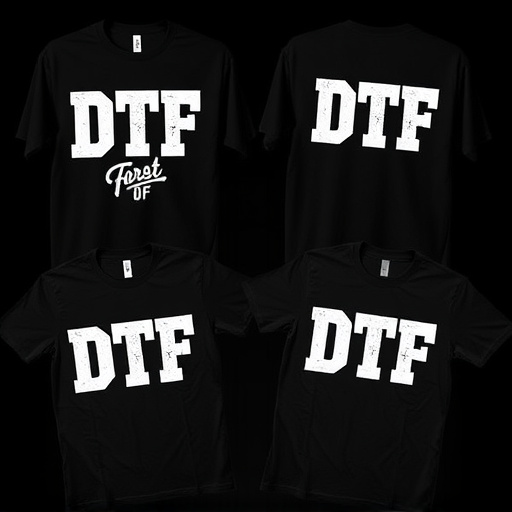
Setting up a waste-reducing workflow with your DTF Transfers Printer involves several strategic steps. Start by understanding your production needs and whether you’re focusing on high-quality DTF transfers for bulk or small orders. For bulk orders, optimize your print settings to maximize material efficiency while maintaining outstanding image quality. This might include adjusting cutting patterns, using eco-friendly inks, and implementing smart layout designs that minimize leftover material.
In contrast, handling small orders requires a slightly different approach. You can streamline the process by pre-configuring printing templates for common design sizes, reducing setup time and waste. Additionally, consider investing in print media designed to reduce scrap, ensuring every inch of material is utilized effectively. Regularly calibrate your printer and maintain clean, sharp cutting tools to further minimize waste throughout your DTF Transfers Printer workflow.
Advanced Tips for Maximizing Efficiency and Minimizing Waste with Your DTF Printer
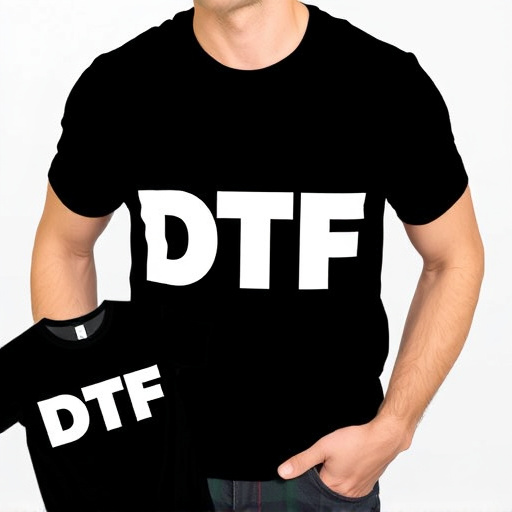
To maximize efficiency and minimize waste with your DTF Transfers Printer, consider these advanced tips. Firstly, optimize your DTF artwork transfers by using vector-based designs whenever possible. Vector graphics allow for precise scaling without compromising quality, ensuring you get the best DTF print quality. This reduces the need for repeated prints due to errors or misalignments.
Additionally, implement a consistent printing routine. Regularly calibrate and maintain your printer to ensure accuracy and reduce variability in DTF fast delivery times. Utilize automation tools if available to streamline the process, minimizing manual interventions that can introduce human error. Keep a log of print jobs for reference and troubleshooting, enabling you to quickly identify and address any recurring waste-causing issues.
A DTF Transfers Printer offers a sustainable solution for businesses aiming to reduce waste. By understanding its capabilities and implementing efficient workflows, you can maximize its potential. Through advanced tips like optimizing design software settings, choosing eco-friendly materials, and regular maintenance, your DTF printer will minimize scrap material while delivering high-quality results. Adopting this technology contributes to a greener future, ensuring a more sustainable approach to printing.
